The ruble weakened noticeably after OPEC+ decided to further limit oil supplies. Trading on December 1 closed at 90.5 rubles. per dollar and almost 98 rubles. by euro. The last time quotes were at this level was on November 20, even before the start of the tax period. On November 30, OPEC+ countries agreed to extend restrictions on oil production. Russia, which has already reduced supplies by 300 thousand barrels per day since September, has committed to increase the limit to 0.5 million barrels. The market, however, was expecting tougher measures, and on Thursday oil prices fell by 2%.
Is it only the decision of exporters that puts pressure on the ruble? Leading analyst at Otkritie Investments, Andrei Kochetkov, sees other reasons: “The market is a little tired of waiting for further strengthening of the ruble, so a movement in the opposite direction has become important. But for now it’s difficult to even call it a correction, since we are at 90 rubles. per dollar, and this is practically the range that we expected during the strengthening of the ruble.
That is, even an entry of 85-90 rubles. many did not consider it as a possibility. And 90 rubles. we have reached, and in general this is some kind of equilibrium point. Although, probably, the national currency should be stronger. For now, this is more of a technical factor and a little seasonal. I don’t think that the ruble will weaken very much in the near future. Maybe it will even strengthen before the New Year.
As for the last meeting of the Central Bank of this year, I am afraid that the foreign exchange market is of less interest to him. The ruble was able to strengthen somewhat, which reduced inflationary pressure. By November 27, the annual inflation rate rose to 7.54%, that is, the upper limit of the corridor that the regulator predicted at the end of the year was overcome. Therefore, the question arises of whether we will stay below 8%, or maybe we will go higher. If there are such risks, then it is very likely that we will see a rate increase of another 100 basis points.”
At the beginning of the week, the Central Bank promised that it would return to the foreign exchange market in the new year. Every month the regulator plans to sell yuan to support the ruble. Meanwhile, discounts on Russian oil rose again for the first time since the beginning of the year. The Ministry of Finance reported that the average price of Urals in November exceeded $72 per barrel, while Brent was trading at $83.
Nevertheless, this will affect the foreign exchange market only in a few months, so for now the ruble will not weaken, says Sofya Donets, chief economist at Renaissance Capital for Russia: “Traditionally, the factor of the end of the tax period is at work. The end of the month is a more intense supply of currency. The beginning is a more intense demand for currency. We are not changing our forecast for the end of the year — it is 90 rubles. for a dollar.
Of course, December will not be an easy month; we may see some volatility.
Changes in prices on world oil markets are unlikely to affect the December volatility of the ruble. Still, our market reacts to the cost of raw materials with a large lag.
Nevertheless, there will also be a factor of possible demand for currency, associated with the fact that there will simply be more rubles in the economy, expenses, and perhaps a seasonally higher demand for imports. But the factor of mandatory conversion, as well as fairly high energy prices, should form support for the ruble, so we do not expect strong changes in the trend for it at the end of the year.
It is generally accepted that before the elections everyone needs a strong national currency, because it is good for the mood. On the other hand, if we assume that we will have pre-election socially oriented expenses, they will go into consumption, which partially supports the demand for imports.
The higher the consumption, the higher the budget expenditures, as a rule, the weaker the national currency. Therefore, one should not expect any pre-election effect on the ruble or extra measures. Everything that needs to be done to support the ruble has probably already been done.”
According to the latest Central Bank survey, analysts expect that next year the ruble will trade at an average of 94 per dollar, and in 2025 the price will rise to 97.5. Inflation is forecast to return to the 4% target only in 2025. However, the Central Bank insists that this is possible as early as next.
.


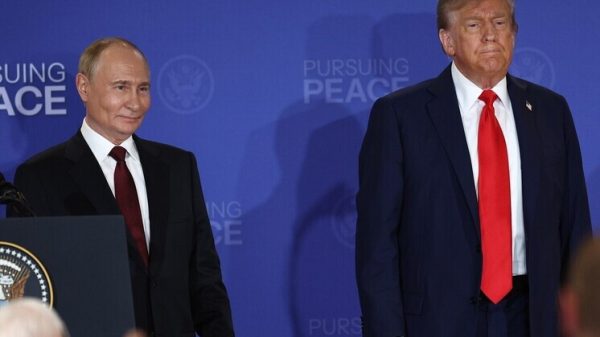
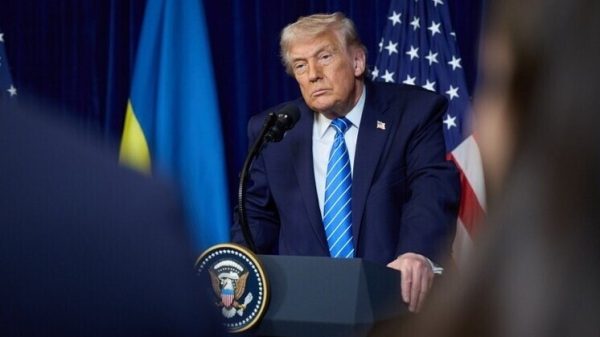
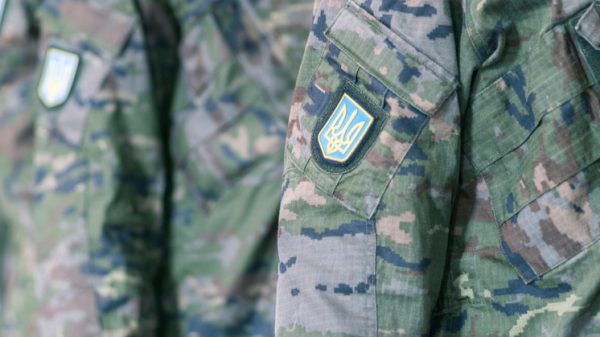
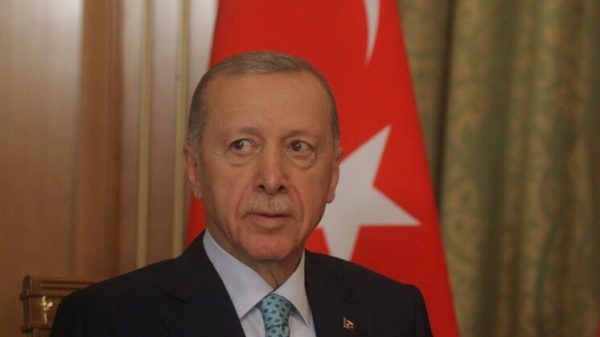


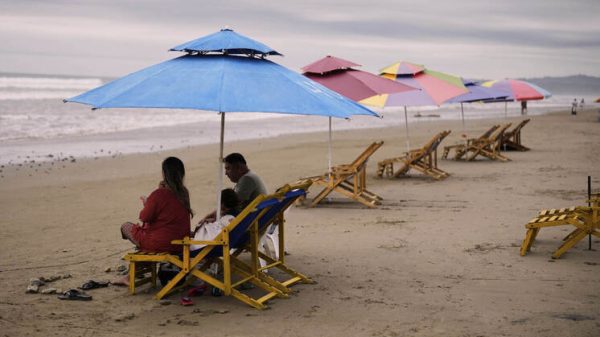
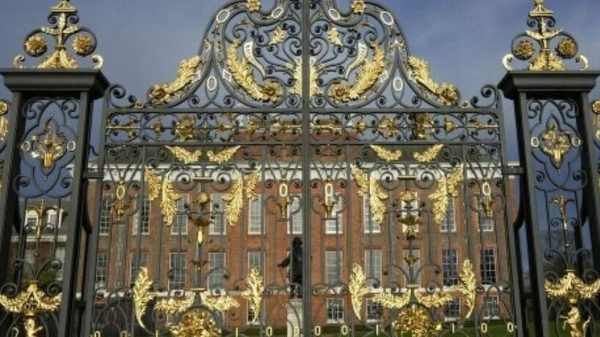


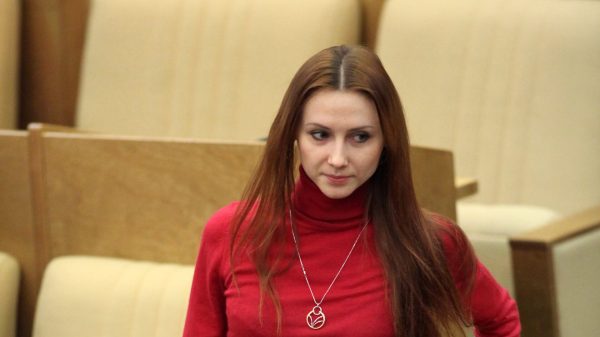
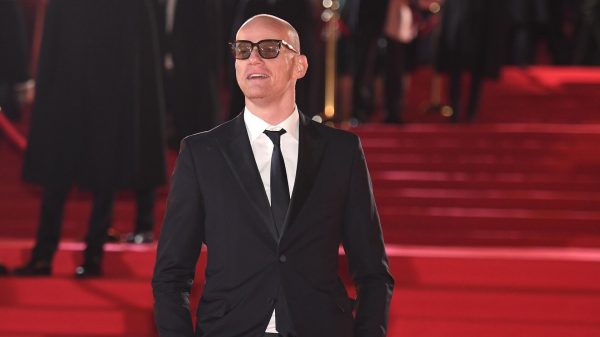



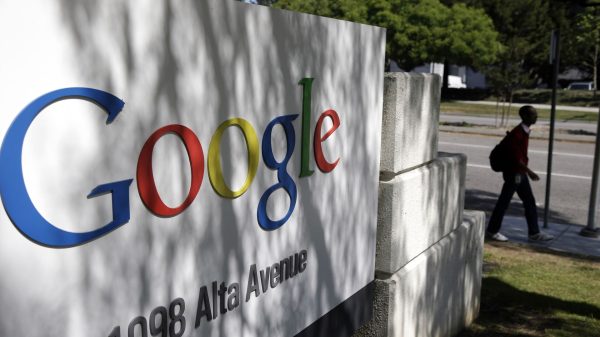

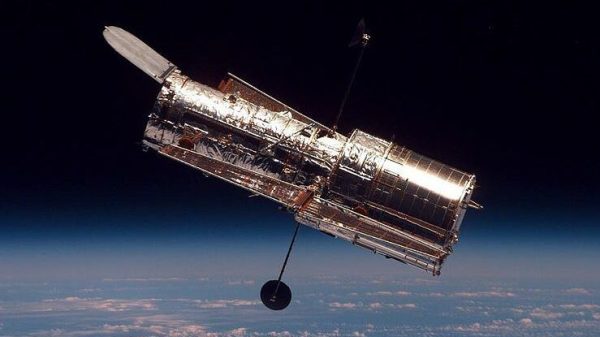





































Свежие комментарии